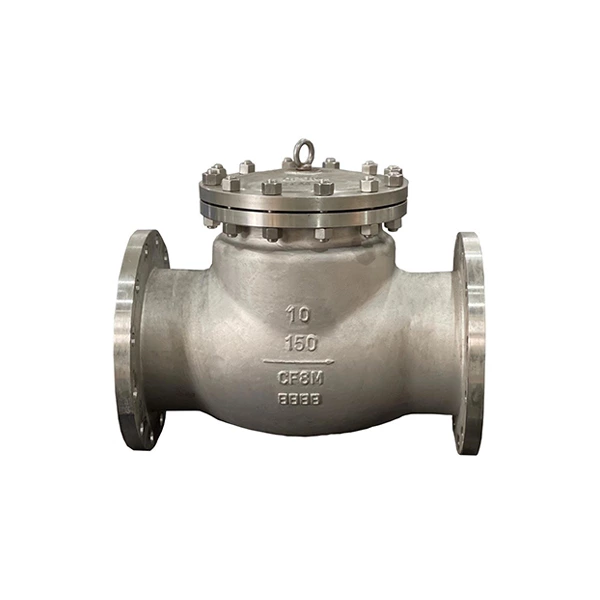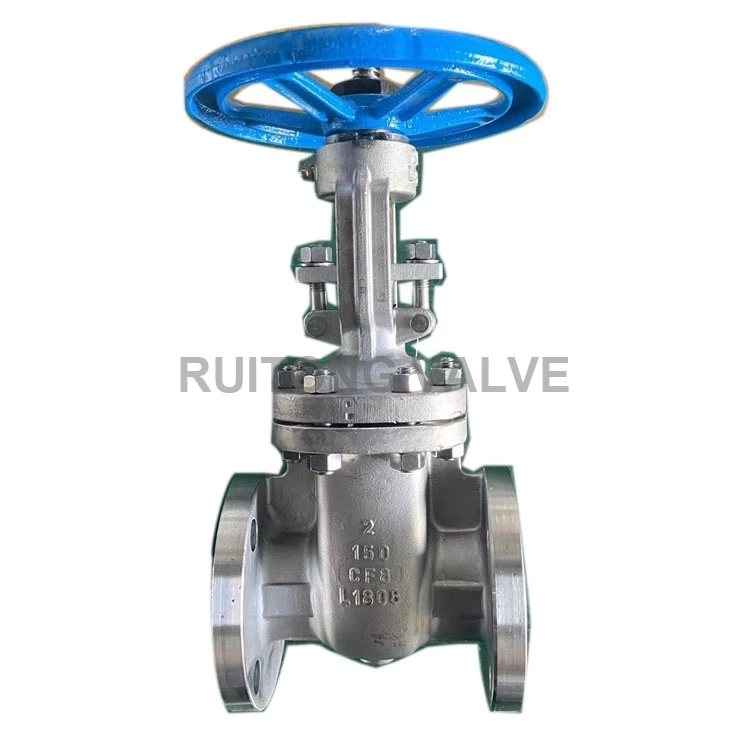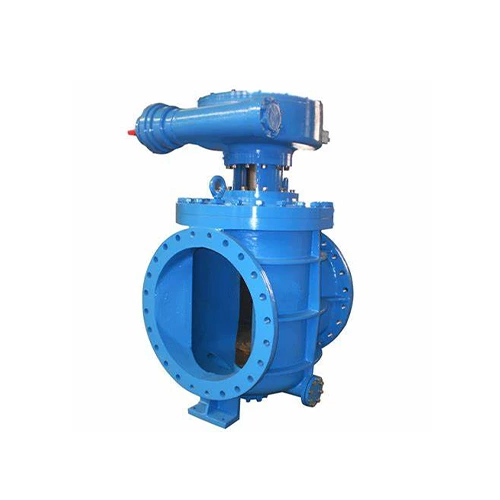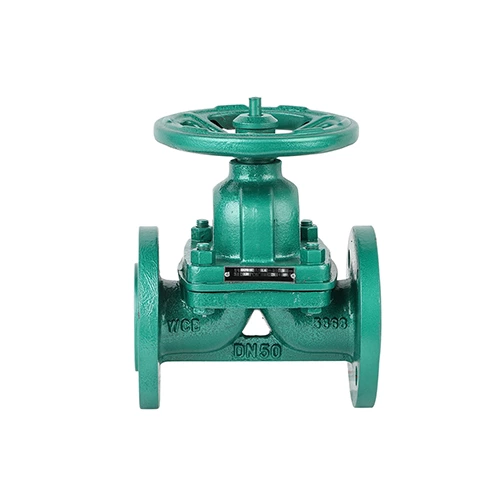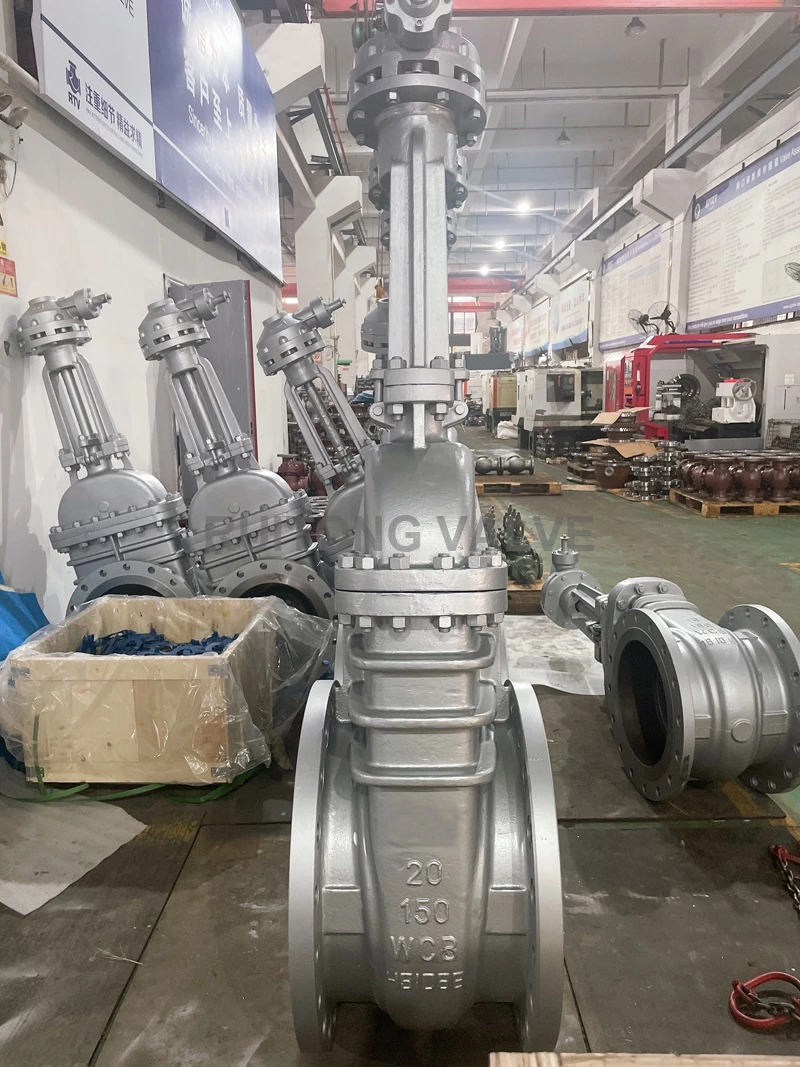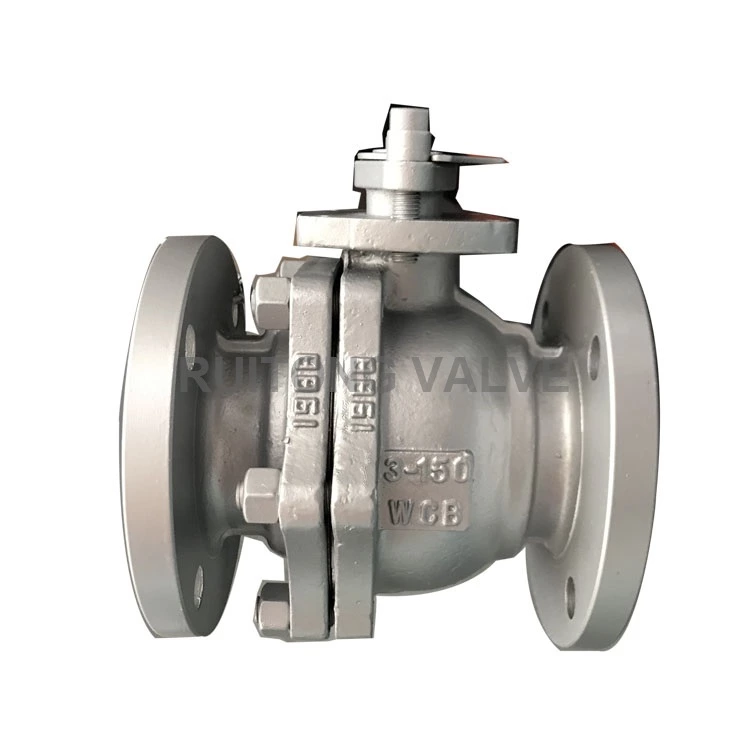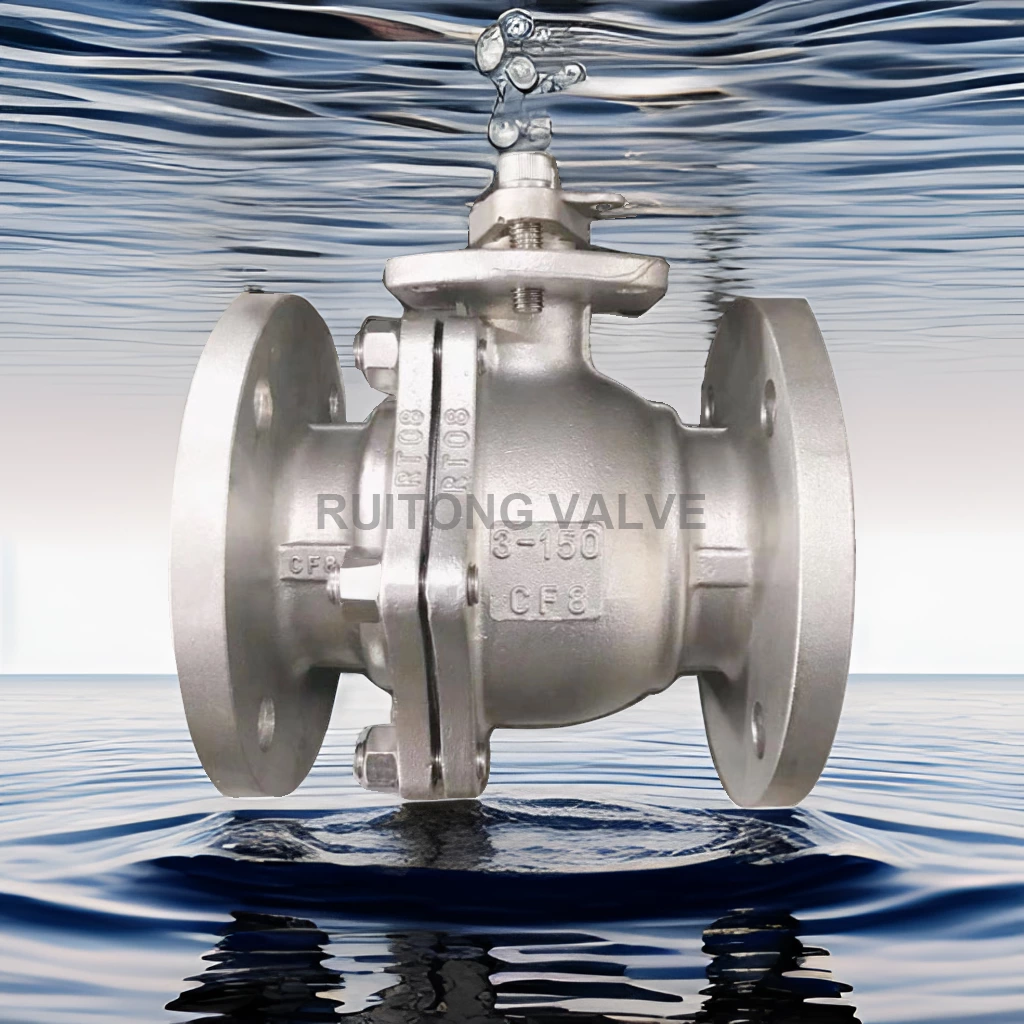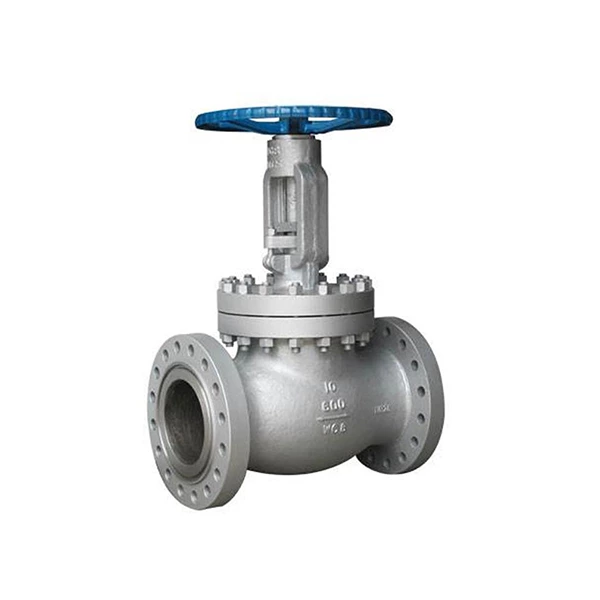Plug Valves
A plug valve is a type of valve that has been in use for over a century. It is a simple and reliable valve that is used to control the flow of fluids in pipelines. The design of the plug valve consists of a cylindrical or conical plug that rotates inside the valve body to open or close the flow passage. A plug valve has several advantages over other types of valves. It has a low-pressure drop, which means that it does not impede the flow of fluids through the pipeline. It also has a tight seal, which prevents leaks and reduces maintenance costs. One disadvantage of the plug valve is that it requires frequent maintenance due to wear and tear on the sealing surfaces. However, this can be mitigated by using materials such as ceramic or tungsten carbide for these surfaces. Overall, the plug valve remains an important component in many industrial applications due to its simplicity, reliability, and low cost. Its continued use is a testament to its effectiveness in controlling fluid flow in pipelines.
The fluid of the plug valve passes through directly; the resistance is small, and the opening and closing are convenient and rapid. Plug valves are mainly used in pipelines to cut off, upgrade and change the direction of medium flow. It is easy to adapt to the multi-channel structure, so that one valve can obtain two, three, or even four different flow channels, which can simplify the design of the piping system, and reduce the number of valves and some connecting accessories required in the equipment. The plug valve is the earliest valve used by people in history. Because of its simple structure, rapid opening and closing, convenient operation, and small fluid resistance, it is still widely used today. It is mainly used in low pressure, and low temperature.
Selection
According to the structural characteristics of the plug valve and the functions that can be achieved in the design, it can be selected according to the following principles.
① It is recommended to choose a multi-channel plug valve to distribute the medium and change the flow direction of the medium. Its working temperature is not higher than 300°C; the nominal pressure is PN1.6MPa, and the nominal diameter is not greater than 300mm.
② Austenitic stainless steel conical plug valves are recommended for the equipment and pipelines of milk, fruit juice, beer and other food enterprises and pharmaceutical factories.
③ For branch pipes, refining and cleaning equipment of oilfield exploitation, natural gas field exploitation, and pipeline transportation, the nominal pressure level is not greater than Class 300, and the nominal diameter is not greater than 300mm. It is recommended to use oil-sealed conical plug valves.
④ For branch pipes, refining and cleaning equipment of oilfield exploitation, natural gas exploitation, and pipeline transportation, the nominal pressure is not greater than Class 7500; the nominal diameter is not greater than 900mm, and the working temperature is not higher than 340°C. It is recommended to use oil-sealed conical plug valves.
⑤ In the large-scale chemical industry, the PTFE sleeve-sealed conical plug valve can be used for nitric acid-based media in pipelines and equipment containing corrosive media, where the opening or closing speed is required to be fast. Crl8Nil2M02Ti stainless steel sleeve conical plug valves inlaid with PTFE can be used for inlaid with PTFE.
⑥ In the pipeline neutralization equipment of gas, natural gas, and HVAC systems, the nominal diameter is not greater than 200nm, and the packing type conical plug valve should be selected.
